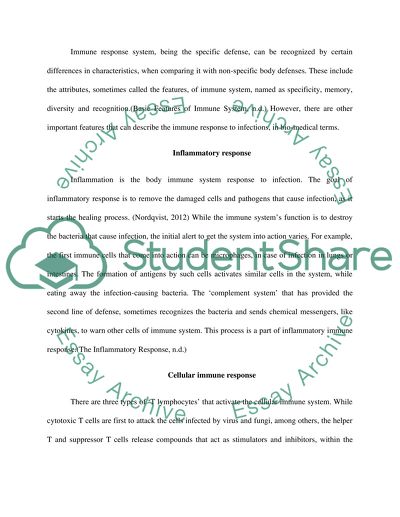Describe five key features of the immune response against a bacterial Essay. Retrieved from https://studentshare.org/health-sciences-medicine/1477618-describe-five-key-features-of-the-immune-response
Describe Five Key Features of the Immune Response Against a Bacterial Essay. https://studentshare.org/health-sciences-medicine/1477618-describe-five-key-features-of-the-immune-response.


